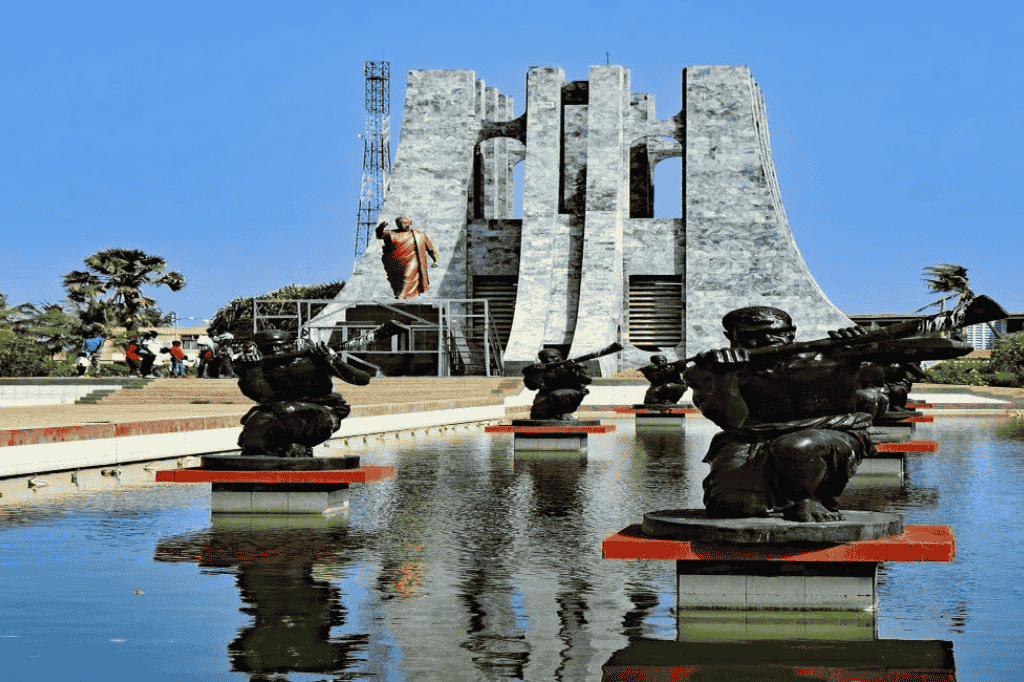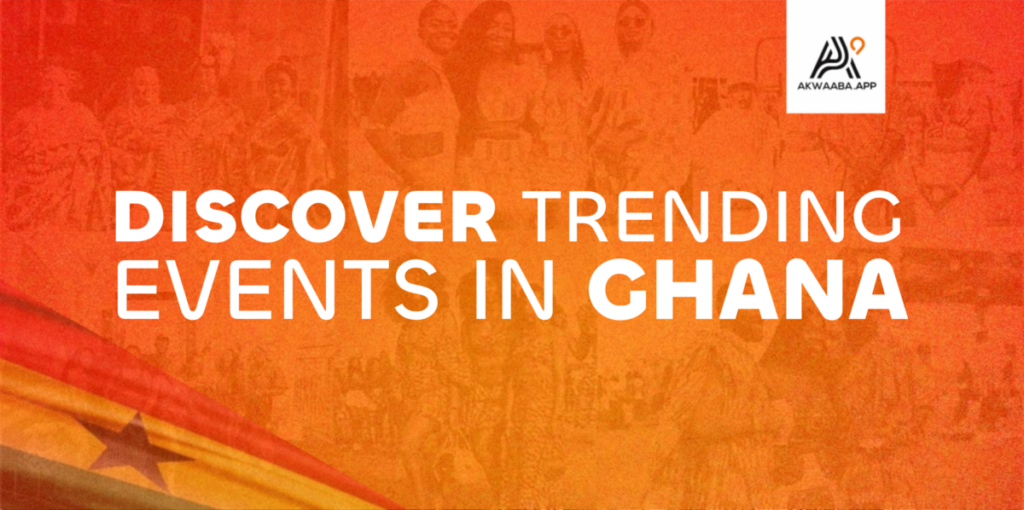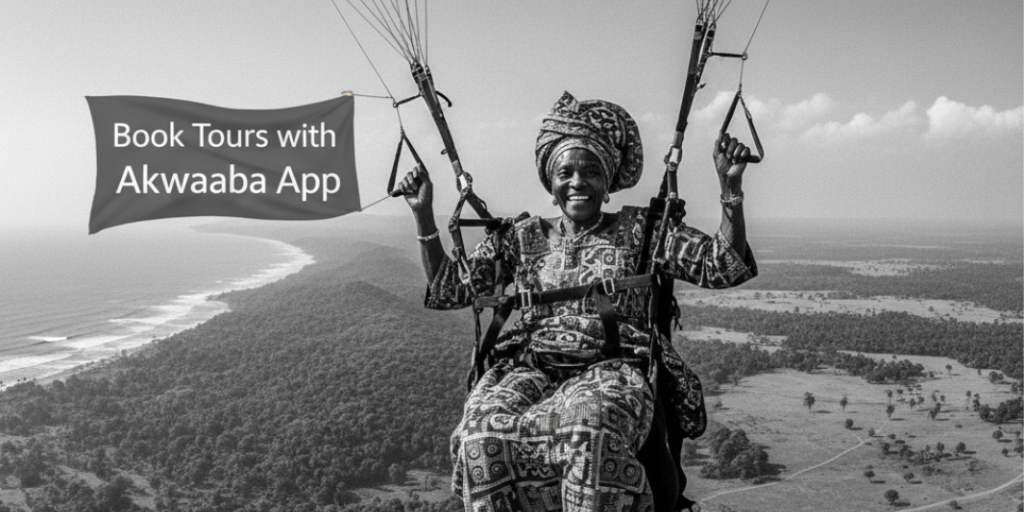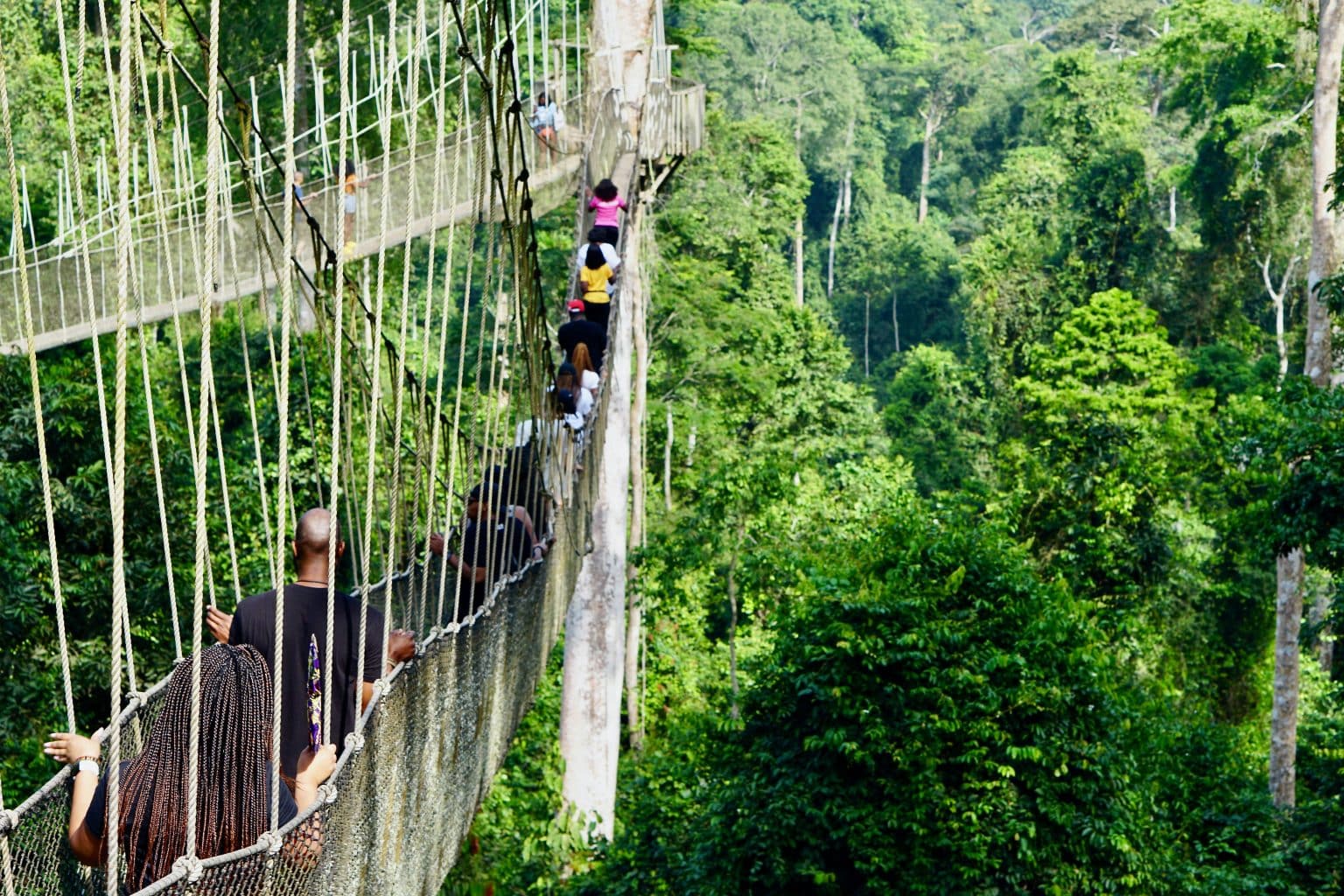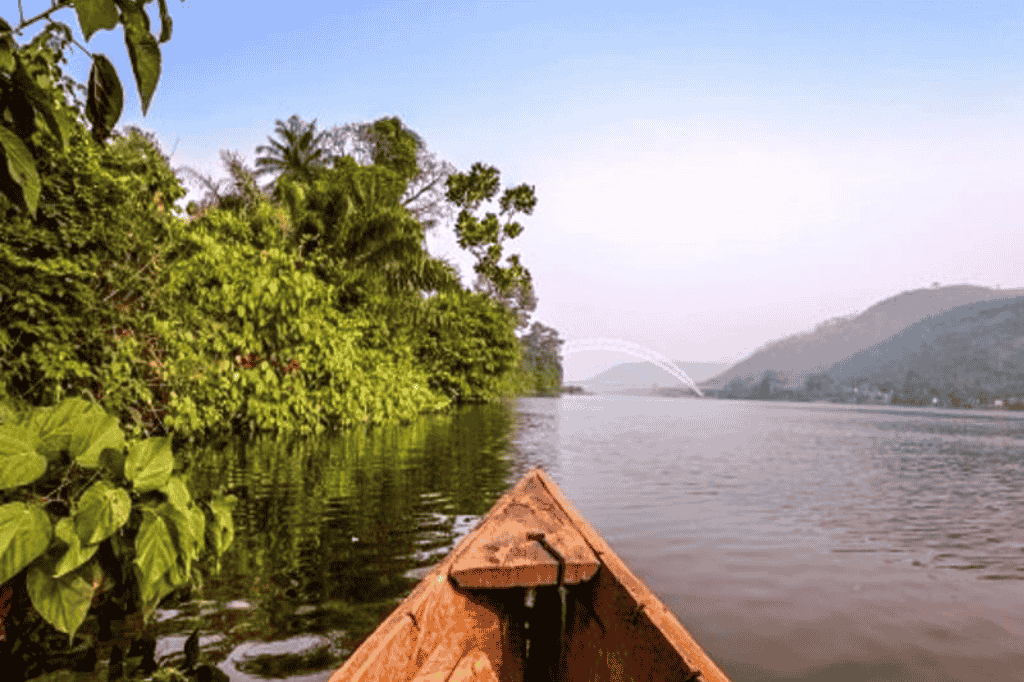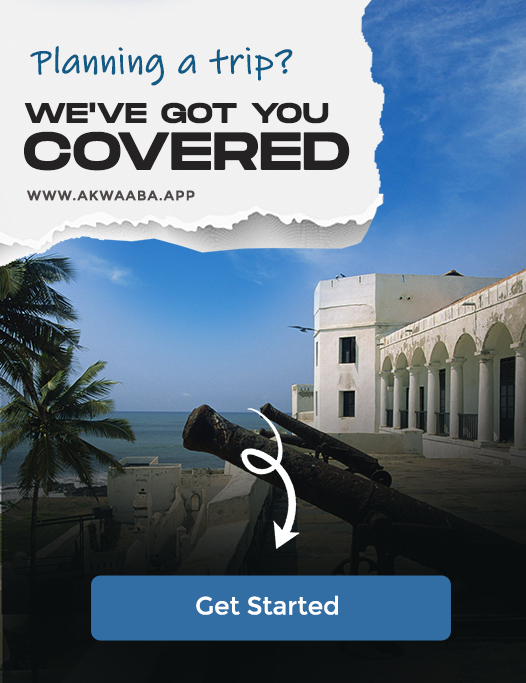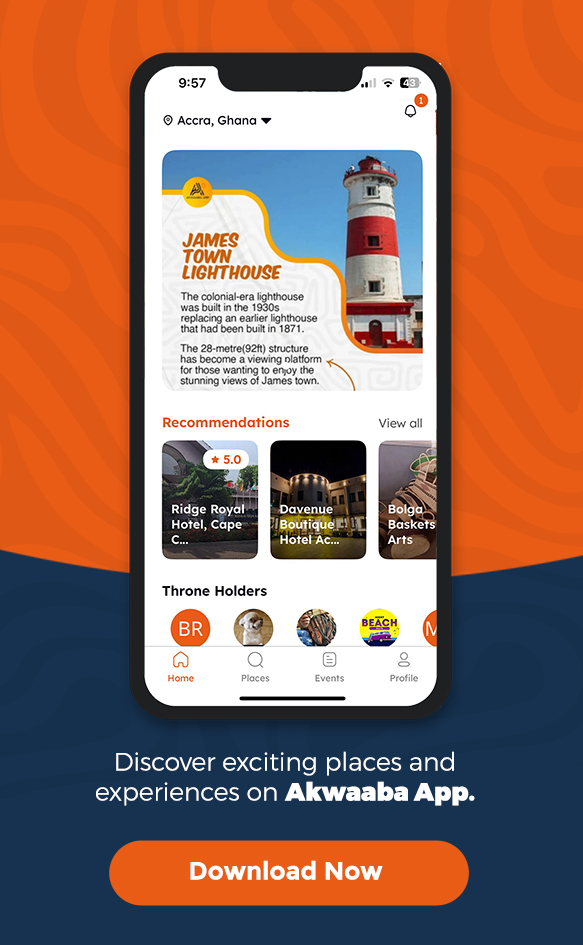The Kwame Nkrumah Memorial Park is more than just a tourist attraction; it’s a symbol of Accra’s heritage. It represents Ghana’s independence and its first president’s legacy. The park is home to a majestic mausoleum and an impressive museum that draws thousands of visitors each year who pay their respects to the man known as the “Osagyefo” (the Redeemer).
There is something profoundly historical about this memorial park, and that is what makes it so special. The park is a tribute to the visionary leader who paved the way for Ghana’s independence from colonialism in 1957. People experience an emotional connection to Ghana’s fight for freedom through visiting the park, a great history lesson that teaches them about the Pan-African movement.
The Rich History Behind the Memorial Park
The first President of Ghana, Osagyefo Dr Kwame Nkrumah and his colleagues declared Ghana’s freedom from British colonial rule at the Old Polo Grounds in Accra on the eve of Ghana’s political independence. It wasn’t an easy process to create this memorial. A fitting tribute to Ghana’s first president was envisioned after Nkrumah died in 1972. During its three-year journey before it found its permanent home, Nkrumah’s remains have been moved three times. In 1992, the park opened to the public, marking the beginning of a new chapter in preserving Ghana’s history.
Don Arthur designed the memorial, which combines traditional Ghanaian elements with modern designs. In 2022, the government closed the site for redevelopment into a more fitting memorial to the late President. On July 11, 2023, it was reopened to the public after being completed and commissioned by H.E. President Nana Akufo-Addo. It covers an area of approximately 5.3 acres.
Also, Check Other National Parks In Ghana
History and significance of Kwame Nkrumah Memorial Park
There is a story behind the memorial park that begins with the man himself. A global icon of African liberation, Kwame Nkrumah was born on September 21, 1909, in Nkroful, a small village in Ghana (then the Gold Coast). After attending local schools, he attended universities in the United States and London where he developed his political philosophy.
As soon as Nkrumah returned to Ghana in 1947, he established himself as a leading voice for independence. It was through his inspirational leadership and the Convention People’s Party (CPP) that Ghana gained independence on March 6, 1957, after decades of struggle and imprisonment. During his famous address at the Old Polo Grounds in Accra in 1956, Nkrumah proclaimed, “The independence of Ghana means nothing unless Africa is liberated.”
His initiatives for development and advocacy of pan-Africanism earned him the reputation of Ghana’s first president. On a diplomatic mission to Vietnam, he encountered a military coup in 1966 that overthrew his government. A former president of Ghana, Nkrumah spent the last years of his life in exile in Guinea, where he died in 1972. His remains were later transferred from Guinea (where he was initially buried) to his homeland in 1992.
A memorial park was dedicated exactly twenty years after Nkrumah’s death on the site of the British colonial polo ground where he declared Ghana’s independence. Aside from serving as his final resting place, the park also recalls his extraordinary life. Additionally, the location of the monument carries deep symbolic significance, transforming what was once a symbol of colonial power into an expression of African dignity and independence.
The Ghanaian government completed a major renovation of the park in 2022. The revitalized memorial park is a must-see destination for anyone interested in African history, politics, and culture.
Things to see at the Kwame Nkrumah Memorial Park & Mausoleum
Mausoleum of Dr. Kwame Nkrumah and his wife, Fathia Nkrumah, is undoubtedly the park’s centerpiece. The mausoleum’s architectural design resembles an upside-down sword, which in Ghanaian culture represents peace.
Upon approaching the mausoleum, you will see a reflecting pool that enhances its solemn beauty. It creates a stunning reflection of the monument, while also symbolizing life and purity. The tombs of Nkrumah and his wife are adorned with traditional Ghanaian symbols and patterns that tell a story of heritage and legacy.
A short walk away from the mausoleum is the museum, which displays Nkrumah’s personal effects. There are photos representing key moments of his life in the museum’s collection, from childhood to his role as a statesman. There is also a collection of his personal belongings, including books, glasses, and the famous walking stick he carried with him everywhere he went. There is an exhibit featuring the simple coat he wore when declaring independence, which serves as a powerful reminder of that historic event.
Throughout the park, bronze statues of Nkrumah capture different aspects of his character and leadership in different poses. One of the most famous statues shows him with an arm outstretched, pointing towards hope and progress in the future. The site has added another layer of historical significance by replacing the original statue destroyed in the 1966 coup.
The park also includes beautiful gardens with indigenous plants and trees. Some of Nkrumah’s most inspirational quotes about African unity, freedom, and progress are displayed throughout the grounds. Visitors can connect more deeply with his philosophy and vision with these thoughtful touches.
An insightful guided tour is available for those looking for a more comprehensive experience, led by guides familiar with information about Nkrumah’s life and legacy. Whether you spend an hour or a whole day at the park, you’ll gain a greater understanding of this exceptional leader.

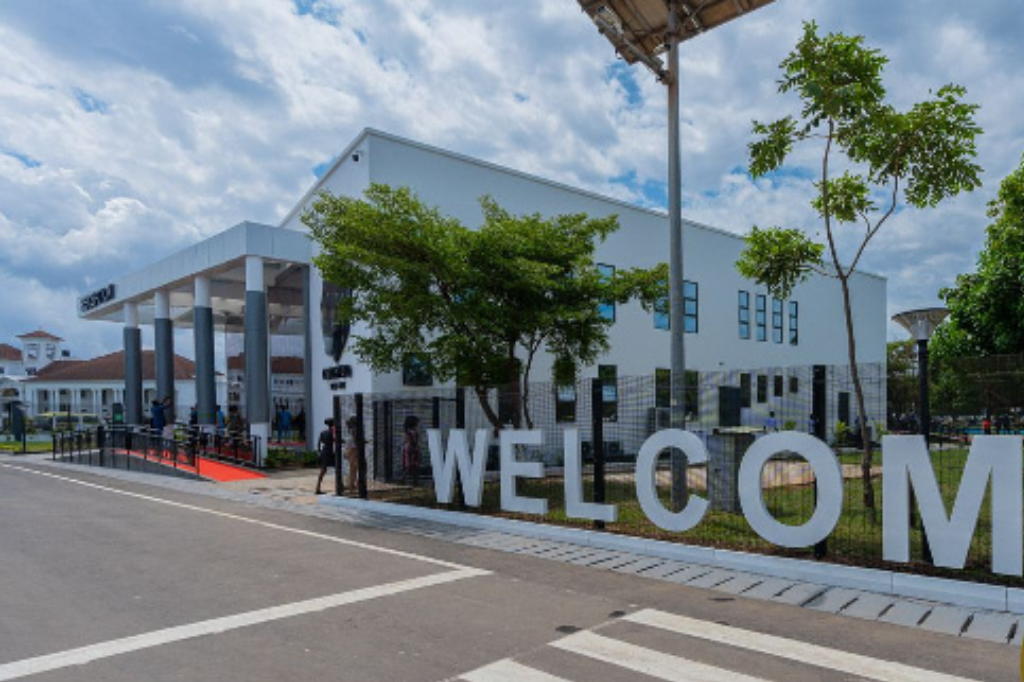
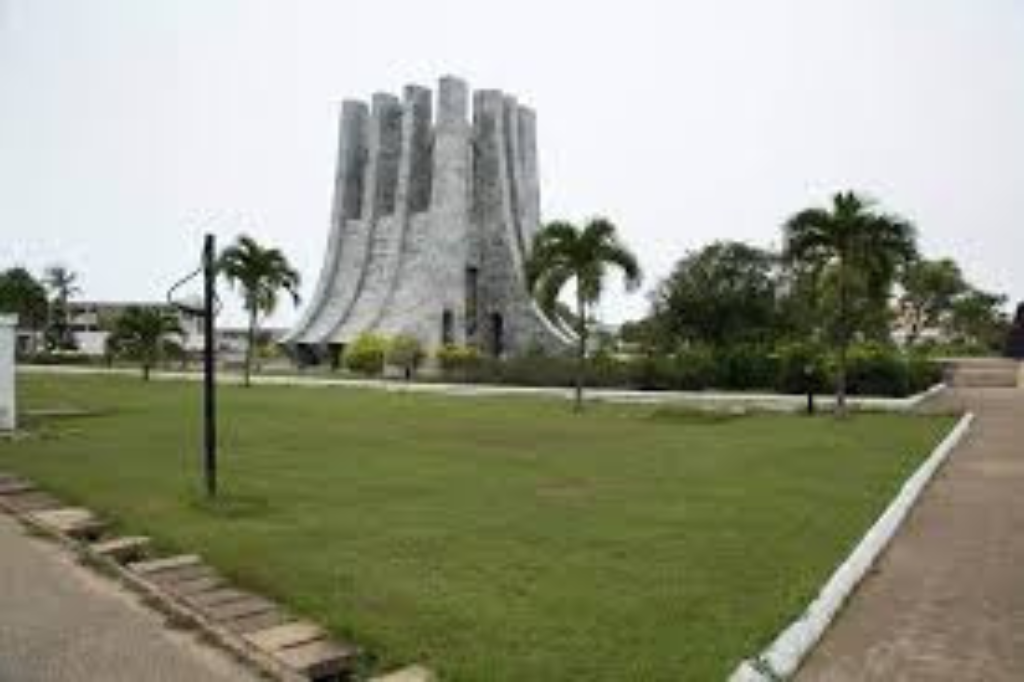
The Redevelopment of the Memorial Park:
There was major redevelopment at Kwame Nkrumah Memorial Park between 2022 and 2023 in order to improve its appearance and preserve its historical significance. Some of the new additions include:
- Expansion of the museum with digital displays
- Dr. Nkrumah’s presidential library
- Mini-amphitheater for educational and entertainment events
- A new audio-visual fountain that syncs water movements to music
- Visitor facilities include a restaurant and a gift shop
- Better management of visitors with a new reception area
As a result of these improvements, the park has become a world-class heritage site that attracts tourists from all over the world.
How to Visit Kwame Nkrumah Memorial Park
Accra Sports Stadium, Independence Square, and other points of interest are only a short distance from the park, which is conveniently located in downtown Accra. It may even be possible for you to walk there if you stay in central Accra. You can also get there quickly by taxi or ride-sharing service.
Try the Akwaaba app, Ghana’s leading booking platform for tourist attractions, to enjoy a hassle-free experience. You can purchase tickets in advance, book guided tours, and arrange transportation via the app.
Entrance Fee and Opening Hours:
There is a reasonable entrance fee for Kwame Nkrumah Memorial Park. In 2024, foreign tourists will pay around 100 Ghana cedis (about $7 USD) and Ghanaians will pay 25 Ghana cedis. Discounts are usually offered to children and students.
Every day, including holidays and weekends, the park is open from 8:00 AM to 6:00 PM. Early in the morning is a good time to visit when it’s cooler and less crowded. Also, the lighting is better in the mornings and late afternoons for photographers.
Taking full advantage of everything the park has to offer will take at least 1-2 hours. Remember that this is a burial site and a place of national significance, so dress respectfully. As Ghana has a warm climate, light, comfortable clothing is recommended.
The Nearby Attractions
You might enjoy exploring the surrounding areas after visiting the memorial park. Accra’s main street, Kwame Nkrumah Avenue, is just a short walk away. It provides a glimpse into the daily life of Ghana’s capital.
Independence Square:
Independence Square (also called Black Star Square) and the National Theatre are nearby attractions. Black Star Monument and Independence Arch adorn this large public space.
Makola Market:
For those interested in local markets, Makola Market is within walking distance. In this lively marketplace, you’ll find everything from colorful textiles to fresh produce. Hire a local guide through the Akwaaba app if you need help navigating the market.
Jamestown
Jamestown, a historic district, is also nearby. Among the old quarter’s colonial-era structures is the famous Jamestown Lighthouse, offering stunning views of the city and the ocean.
Labadi Beach
Labadi Beach, accessible from central Accra, offers relaxation after sightseeing. Weekends are filled with music and cultural performances on the beach.
Booking Your Visit Through the Akwaaba App
The Akwaaba app makes booking your trip easy. It is compatible with both iOS and Android devices and offers exclusive benefits.
After downloading it, you can find the Kwame Nkrumah Memorial Park by navigating to the attractions section of the app. On the dedicated page, you can find information about opening hours, entrance fees, and tour options.
